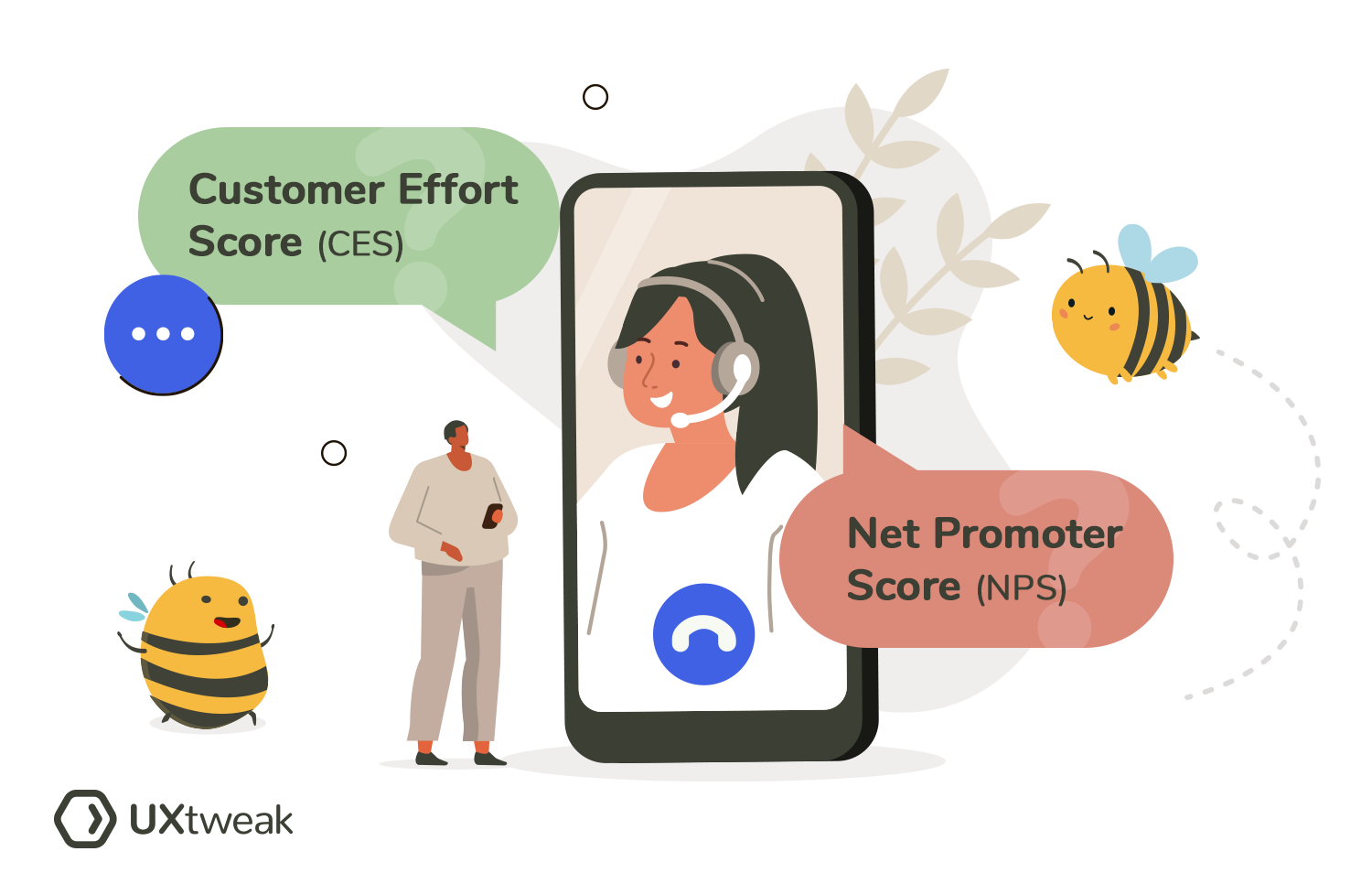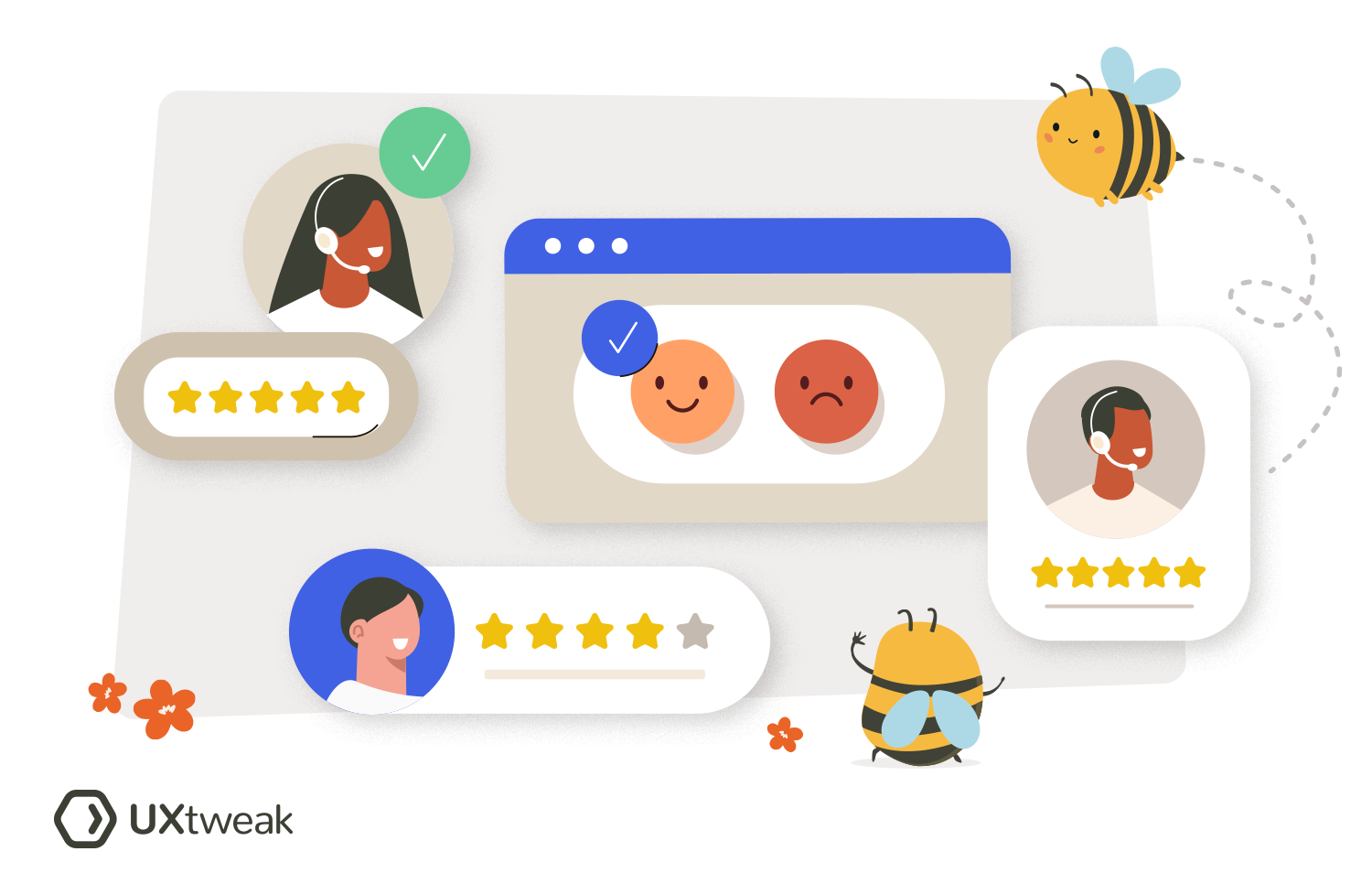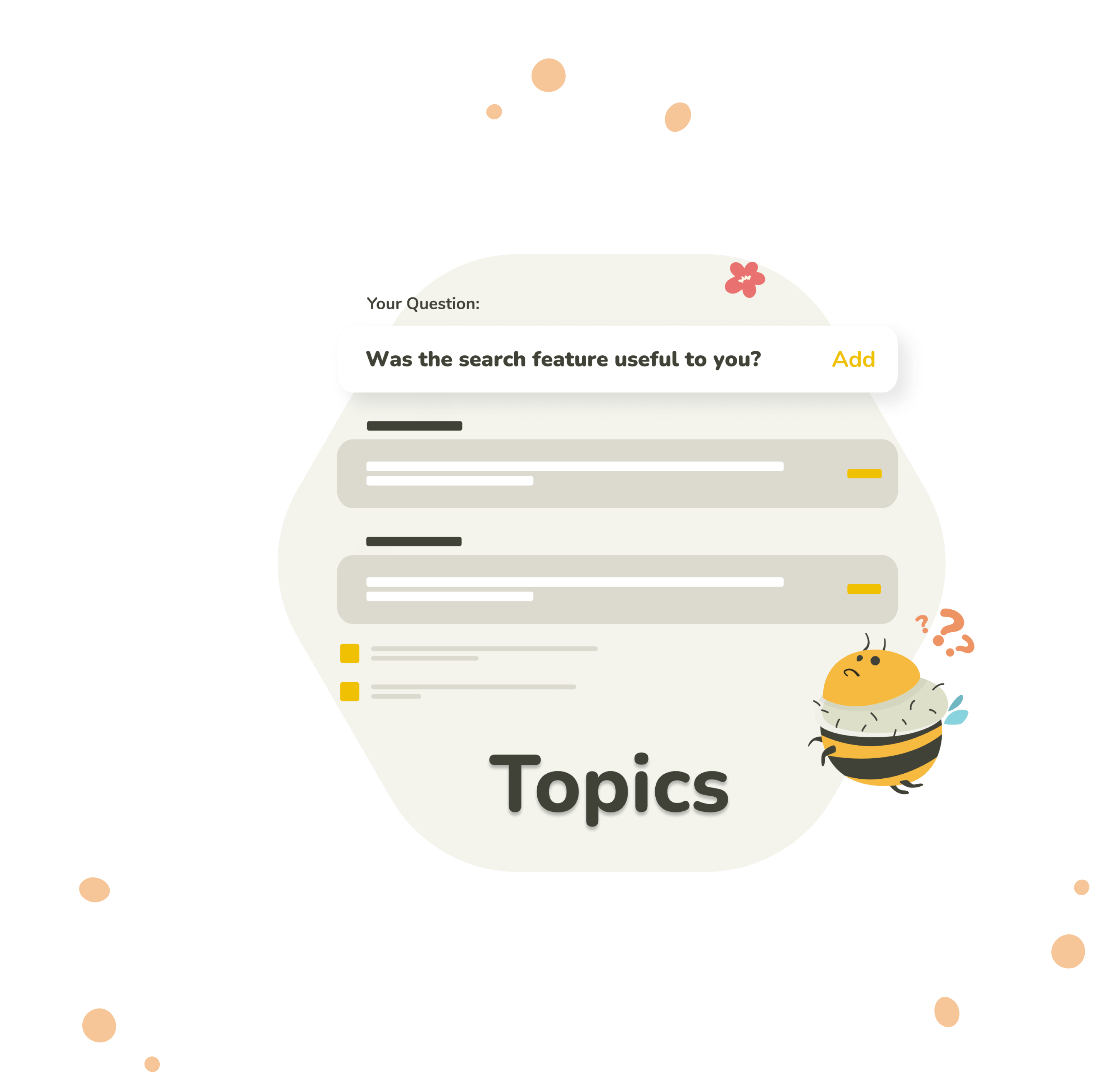User feedback is essential for companies to understand the needs and pain points of their customers. But how to understand what type of feedback you need for your project and how to collect it? In this part of the guide we explain everything you need to know about different types of user feedback, metrics you can use to track it and tips for choosing the right feedback type for your specific case.
What is user feedback?
User feedback can be described as all the opinions, suggestions and thoughts users have about your product. It is usually gathered by product teams in order to inform the design process, empathize with users, understand their needs and pain points and drive constant improvement of the product.
Types of user feedback

All user feedback can be classified into 3 main categories: proactive, reactive and ongoing. These are also known as the types of user feedback. They all are collected via different methods and have their positives and negatives. Let’s take a look at the main differences between these types of feedback.
Proactive vs Reactive vs Ongoing types of user feedback
- Proactive
Proactive feedback can be also described as solicited feedback. Every time you’re making an initiative to learn more about users’ experience with your product, ask them questions, send a survey or organize a user test, you’re gathering proactive feedback.
This type of feedback is usually gathered via NPS and CSAT surveys, usability tests or other types of UX feedback. The goal of collecting proactive feedback is to understand the user better and pinpoint areas of improvement in the product or service.
- Reactive
Reactive feedback is all the unsolicited feedback you get from users about your product. These could be online reviews or ratings on popular platforms, comments on social media, support tickets and bug reports as well as any other type of complaints they have.
This type of feedback is often negative and is perfect for pinpointing any major issues customers have with your product that you’ve overlooked. However, when receiving this type of feedback it’s important to understand that your customers are having a negative experience, therefore you need to react and solve issues as quickly as possible.
- Ongoing
Ongoing feedback is the one you gather constantly, throughout the product life cycle. This includes analytics data, user behavior data and customer satisfaction metrics that you’re tracking.
Ongoing feedback is essential to keep your product user-centered and up-to-date. You can automate its gathering by providing users ways to express their opinions and suggestions. This could be done by accepting feature requests, introducing live website chat and after-purchase surveys or adding pop-up rating panels on your website.
User feedback metrics

Collecting user feedback is only part of the job, but real insights come in when you actually know how to analyze the gathered data. Let’s take a look at some of the user feedback metrics for analyzing and making sense of the quantitative user data:
Customer Effort Score (CES)
CES measures how easy it is for the user to complete a certain task with your product. This can be, for example, making a purchase or logging into their account. It is usually measured on a 7-point scale, helps to identify confusion points and see where the product’s intuitiveness needs to be improved.
Net Promoter Score (NPS)
Net promoter score is based on measuring how likely your users are to recommend the product or service to their friends and family. This metric often serves as a benchmark for overall customer satisfaction and is measured on a scale of 1-10.
On this scale, any score of 6 and lower represents Detrators, unhappy users who may spread negative word of mouth. Their feedback is especially valuable so you have to pay close attention to what they have to say.
Scores 7-8 represent Passives, customers who are happy with a product or service, but they still have some concerns. To prevent them from leaving and going to a competitor, you could try to improve the product by addressing these concerns.
Lastly, scores 9-10 represent Promoters, users who are happy with using your website/service/etc. and spreading the word to others.
Customer Satisfaction Score (CSAT)
This simple metric measures to what extent users are satisfied with your product, typically on a scale of 1-5 or 1-10. It is often used to measure the effectiveness of a certain feature or service, by asking users to rate their experience. This is a very flexible metric to use as you can adapt it to match the goals of your survey and alter the question according to the information you’re looking to gather.
Customer Retention Rate (CRR)
CRR is a metric that shows a percentage of customers that continue to use your product after a certain period of time. It’s a known fact that retaining existing customers is usually less expensive than acquiring new ones. By calculating and analyzing the retention rate, companies are able to come up with strategies to increase it.
A great practice is sending your customers a retention survey when they downgrade their subscription plan or cancel the subscription at all. It will allow you to gain some qualitative insight into why this happened and what your company can do to change it.
Apart from the qualitative data metrics that we described above, another huge part of user feedback also makes up qualitative data. It is based on asking your users open-ended questions with a goal to learn more about their pain points, needs and expectations of your product.
Qualitative and quantitative feedback perfectly compliment each other providing you with just the right amount of numerical data and insights about user behavior.
Qualitative types of user feedback

There are various approaches you can choose to gather qualitative data. Let’s take a look at some of the most popular ones.
UX feedback
UX feedback is the feedback regarding the user experience of your product, its design and accessibility, how easy it is to interact with, and intuitiveness of navigation. Collecting UX feedback is basically just conducting UX research on your product to inform future improvements and major design decisions.
There are many UX research methods you can use to gather UX feedback on your product.
Some of the qualitative research methods include:
- usability testing: by asking users to complete specific tasks with your product and watching them do it.
- session recording: gives you the ability to view a reproduction of a user’s interaction with a website or web application, watch where users click, scroll and get confused.
- open-ended surveys: user experience surveys with open ended questions can help to gather qualitative data quickly and efficiently, when you formulate the questions right.
- interviews: interviews give you the opportunity to talk to your customers 1 on 1, get to know more about their needs, wants and problems, as well as gather their opinions on your product.
- Tree testing: an ultimate way to test your product’s navigation structure, find out how intuitive it is and if users get confused when trying to find something on your website or app.
By collecting and analyzing the data from UX research you’ll be able to pinpoint problems in your product’s design and functionality and come up with effective solutions to them.
Feature requests
Feature requests are customers’ suggestions or specific inquiries asking for a certain feature to be added to the product. These are extremely insightful and useful for product teams as they help to prioritize changes and improve products to fit users expectations. These could be suggestions regarding the user interface of the product and it’s visual design, certain integrations that your product is lacking, update of an existing feature or demand for a completely new one.
These could be collected through customer feedback forms, user forums or during interactions with the support team.
Bug reports
Bug reports are a type of qualitative user feedback that highlights issues in product performance encountered by users. These reports are an essential part of feedback collection as they allow developers to quickly spot and fix major bugs as well as some of the minor ones that could’ve been overlooked during testing.
Bugs can be reported through customer support inquiries or in-app bug report forms.
Customer Experience Feedback
CX feedback involves all the feedback customers have regarding their experience with your product, service or brand as a whole. The goal of collecting CX Feedback is to gain insights into how customers perceive and interact with a brand. Analyzing and making improvements based on collected CX feedback will help to increase customer loyalty and satisfaction in the long run.
This type of feedback is usually collected through CX surveys as well as interactions with support and sales teams. It gives you a better understanding of how smooth your customer journey is and what areas could use improvement.
How to choose a type of user feedback to gather?

The right type of user feedback for your product will always depend on the goals of your research, the type of data you’re looking to gather and the available resources.
We recommend to take the following aspects into account:
- Goals: why are you collecting this information and what you’re looking to find out? This is the primary question you should ask yourself before collecting any types of user feedback. Are you looking to gather qualitative or quantitative data? Maybe both? The methods and types of feedback collection you choose will depend on the answers to the questions above. First, figure out what you’re doing, then how you’re doing it.
- Budget: some user feedback types and research methods require a bigger budget than the others and may not be affordable for smaller teams. Choose the feedback type that is both relevant and affordable to collect in your specific case.
- Audience: figure out who your users are and how they’d prefer to give feedback on your product. Don’t choose a feedback collection channel that is unfamiliar to them, instead, go for something you think they’d prefer.
Ready for the feedback?
We hope that this part of the guide gave you a great overview of all the various user feedback types and their benefits.
If you’re looking for a good tool to assist you in this process, take a look at UXtweak! We are here to help you conduct all kinds of surveys, gather UX feedback, conduct usability tests, get to know your customers and their needs!
Register for your free UXtweak account and start collecting user feedback today!

